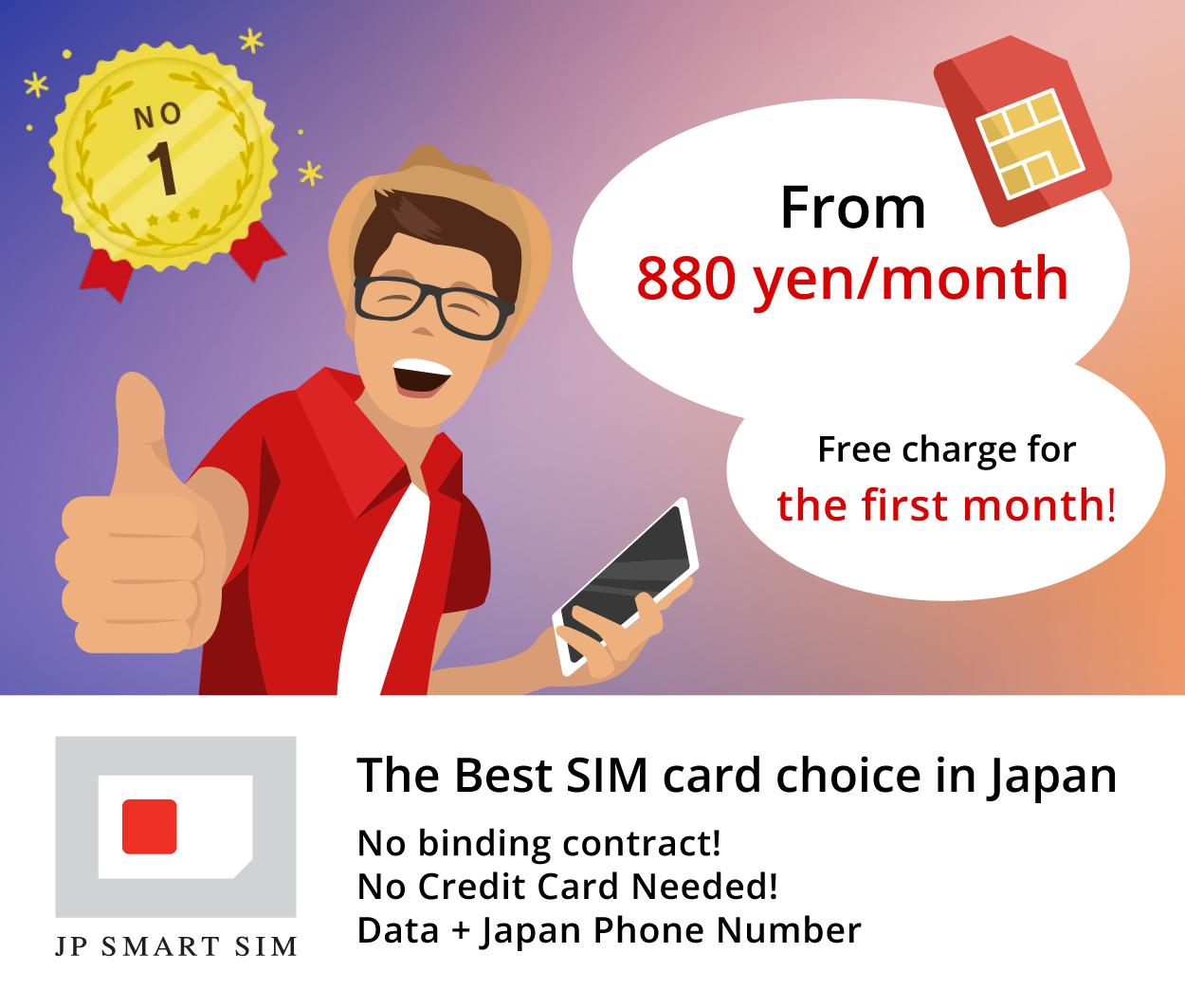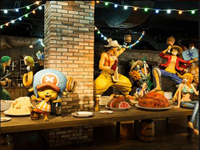Zenkoji


(Source: y_katsuuu)
Main Hall
It is selected as a national treasure as an architecture that represents the mid-Edo period. Also, the principal object of worship "Ikkosanzon-Amidanyorai" is said to be Japan's oldest Buddha statue. It is said to have been brought over to Japan from the former Baekje kingdom of the Korean peninsula when Buddhism was introduced, and has been kept hidden from the public.

(Source: gooブログ)
Niomon Gate
The niomon gate was burnt down twice due to earthquakes and the current one was rebuilt in the Taisho period. As you go through the gate, statues of the two nio (guardians) welcome you. They were made by Buddhist sculptors Koun Takamura and Unkai Yonehara and are quite impressive!

(Source: hoiyuen)
Receiving Holy Beads
At Zenkoji, the chief priest heads to the main hall as monks chant sutras at sunrise 365 days a year. On his way, he touches the heads of the temple visitors lined up along the way with juzu (holy beads) to give them blessings; this act is called "Ojuzu chodai." On the way leading to the main hall, there are many people kneeling down and waiting from early in the morning.

(Source: http://sanpo.lolipop.jp/)
Okaidan Meguri
In okaidan meguri, something you cannot miss when you are at Zenkoji, visitors find their way through the pitch darkness in the underground of the main hall and try touching the "lock of happiness," which will help connect you and your deity. It is an experience in pitch darkness that you cannot have very often in your daily lives. Many visitors supposedly are deeply touched by the experience of going through complete darkness.

(Source: YAHOO)
Nakamise Dori
On the cobble stone street Nakamise Dori, souvenir shops line up closely and the place is filled with the liveliness of a tourist destination. It is great for looking for souvenirs and perfect for taking rest while eating Nagano's specialty Japanese sweets "Oyaki."

(Source: rch850)
Specialty: Oyaki
What we would like you to try here is the specialty, Zenkoji oyaki. The flour dough has different fillings such as nozawana (Japanese leaf vegetable), bean paste, eggplant and radish. In the Monzenmachi (town in front of the temple), there are many oyaki stores lined up so we recommend you to take a stroll on the main street or the Nakamise Dori with an oyaki in one hand.

(Source: fc2ブログ)

(Source: y_katsuuu)
Main Hall
It is selected as a national treasure as an architecture that represents the mid-Edo period. Also, the principal object of worship "Ikkosanzon-Amidanyorai" is said to be Japan's oldest Buddha statue. It is said to have been brought over to Japan from the former Baekje kingdom of the Korean peninsula when Buddhism was introduced, and has been kept hidden from the public.

(Source: gooブログ)
Niomon Gate
The niomon gate was burnt down twice due to earthquakes and the current one was rebuilt in the Taisho period. As you go through the gate, statues of the two nio (guardians) welcome you. They were made by Buddhist sculptors Koun Takamura and Unkai Yonehara and are quite impressive!

(Source: hoiyuen)
Receiving Holy Beads
At Zenkoji, the chief priest heads to the main hall as monks chant sutras at sunrise 365 days a year. On his way, he touches the heads of the temple visitors lined up along the way with juzu (holy beads) to give them blessings; this act is called "Ojuzu chodai." On the way leading to the main hall, there are many people kneeling down and waiting from early in the morning.

(Source: http://sanpo.lolipop.jp/)
Okaidan Meguri
In okaidan meguri, something you cannot miss when you are at Zenkoji, visitors find their way through the pitch darkness in the underground of the main hall and try touching the "lock of happiness," which will help connect you and your deity. It is an experience in pitch darkness that you cannot have very often in your daily lives. Many visitors supposedly are deeply touched by the experience of going through complete darkness.

(Source: YAHOO)
Nakamise Dori
On the cobble stone street Nakamise Dori, souvenir shops line up closely and the place is filled with the liveliness of a tourist destination. It is great for looking for souvenirs and perfect for taking rest while eating Nagano's specialty Japanese sweets "Oyaki."

(Source: rch850)
Specialty: Oyaki
What we would like you to try here is the specialty, Zenkoji oyaki. The flour dough has different fillings such as nozawana (Japanese leaf vegetable), bean paste, eggplant and radish. In the Monzenmachi (town in front of the temple), there are many oyaki stores lined up so we recommend you to take a stroll on the main street or the Nakamise Dori with an oyaki in one hand.

(Source: fc2ブログ)






